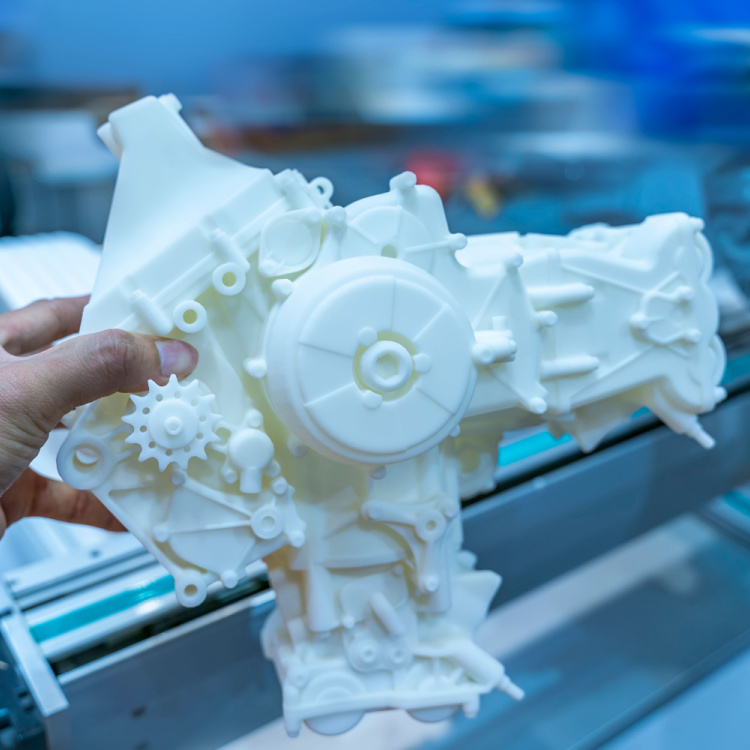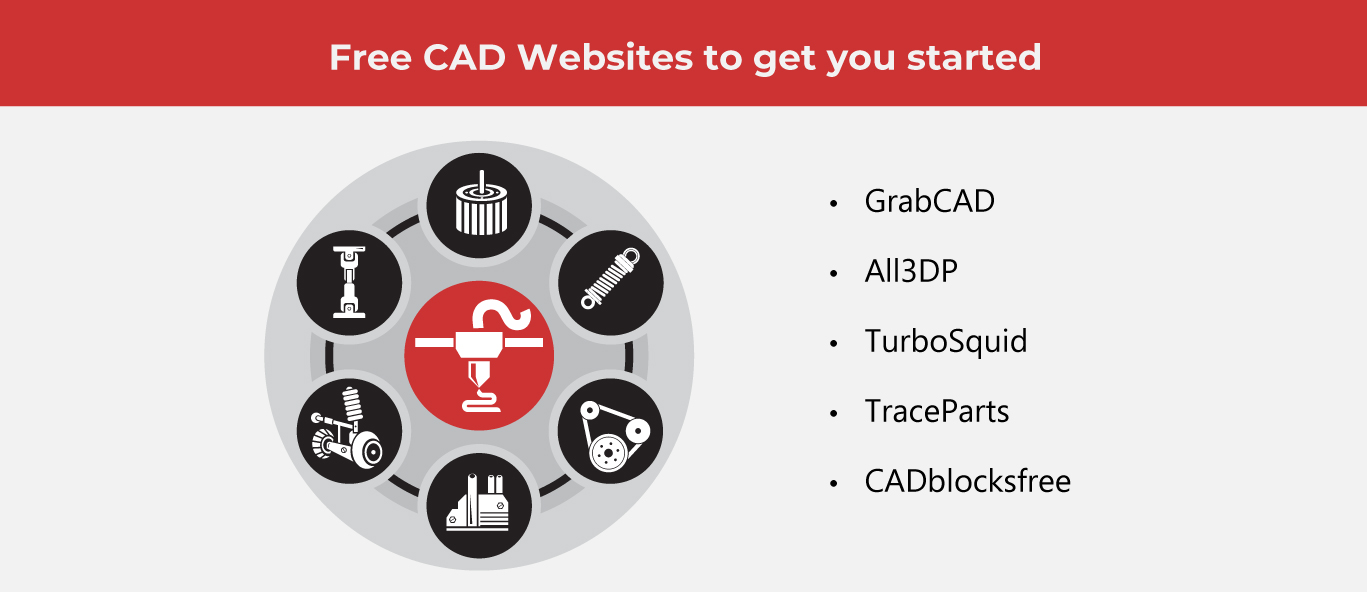How to Make Your Own Car Parts

In many ways, the automotive industry and additive manufacturing are a match made in heaven.
Some things just naturally work well together. Some elements, when put together, simply click. And sometimes, introducing one thing to another could even elevate the original.
That’s how it is with OEMs and additive manufacturing.
3D printing technology has richly contributed to industries such as construction, manufacturing, design, and medicine. The automotive industry is no different. Thanks to 3D printing, individual car enthusiasts as well as established OEMs benefit from what it can deliver.
(Also Read: How 3D Printing Breaks Manufacturing Rules in the Best Way)
From the very fixtures that make cars to prototypes of cars to car spare parts to cool car accessories, 3D printing can make it. And it has.
The benefits of 3D printing in the automotive space are plentiful. For starters, it has made customization faster, and in many cases, cheaper. Design limitations have been smashed. Car parts that were once impossible to manufacture because of unusual shapes can now be made. Improvements can be made to the body of a car to optimize performance, reduce overall weight, and highlight specific properties.
The possibilities for one’s dream car are virtually endless. And, on the more practical side of things, if you need a car part replaced quickly, 3D printing can come to the rescue.
Make your own car parts
The essential ingredients to making car parts: a CAD file + materials + a 3D printer.
A design can be created through CAD software or simply downloaded from the internet. Treat the hunt for a design like a treasure hunt. There are dozens of free CAD sites for car parts. Determine what it is you’d need to print, and you’ll likely find a ready-to-use design on any of these sites.

When it comes to materials, All3DP breaks down the best materials to use depending on the purpose of the car part. Plastic polymers, composites, and metals span the range, depending on what you need. According to the site, PLA and ABS plastics are usually used to make smaller parts, while nylon and carbon-reinforced filaments are recommended for parts that require more strength. Engine components require metals such as steel or titanium.
Then, of course you’d need a good 3D printer to print your car parts. There are several models available for purchase on the market today, ranging from $1,300 to over $15,000. These printers might cost a pretty penny, but the investment is worth it to many design and car enthusiasts.
Research is key when it comes to finding the best 3D printer for your needs. Getting familiarized with CAD software becomes a big plus, especially if you already have the design in mind. Who knows? You might start with printing cup holders for your car, and before you know it, you’ll soon be printing panels and bumpers.
Where to get 3D printed OEM Parts
Recently, The Manufacturer announced that a digital marketplace platform allowing OEMs to sell car part designs to authorized dealers, distributors, and repair shops, is set for launch.
A tech start-up company called Autentica Car Parts merges 3D printing solutions with NFTs for its 3D printed car parts on-demand service. According to The Manufacturer, Autentica “will help design owners and OEMs to sell spare parts using NFTs to certify that a buyer is purchasing a genuine OEM replacement part”, made by their 3D printing service on-demand.
NFT technology backed by Blockchain ensures legitimacy and prevents copyright infringement. Instead of 3D model files being used for printing, Autentica’s service makes use of streaming G-CODE tokens.
Developed in collaboration with the University of Sheffield Advanced Manufacturing Research Centre (AMRC) and Oracle, a cloud tech company, Autentica makes acquiring replacement car parts faster and easier. Why wait 28 days for spare parts to be replaced? Their service claims instant access, with a reduced production cost of about 70% while cutting down vehicle carbon footprint by as much as 40%.
Now, for luxury car enthusiasts who understand how customization ups the ante of any vehicle, customizing molds and dies is just one way to express personal taste and preference. A company called Makra Pro had created a way of molding leather using 3D-printed dies. Ever dreamed of a ride that has molded leather ceiling panels? That can happen.
Four-wheeled vehicles made for passengers are just the tip of the iceberg when it comes to what 3D printing can revolutionize in the automotive space. Motorcycles and race cars are also getting into the additive manufacturing action, being called “toolless fabrication” because it eliminates processes of assembly for conventionally manufactured parts.
With reduced turnaround time, more flexibility in design, and cost efficiency, it’s no wonder that 3D printing shines in the automotive space.
Design concepts for future vehicles are also becoming more exciting. Sleek, more streamlined luxury concept cars such as the Divergent 3D already exist, and may soon be launched for production. With how fast additive manufacturing technology is evolving, we might even figure out a way to 3D print the electrical components of a vehicle, including its engine. Now that would truly be something to get revved up about.
As one of the Top 20 EMS companies in the world, IMI has over 40 years of experience in providing electronics manufacturing and technology solutions.
We are ready to support your business on a global scale.
Our proven technical expertise, worldwide reach, and vast experience in high-growth and emerging markets make us the ideal global manufacturing solutions partner.
Let's work together to build our future today.
Other Blog




